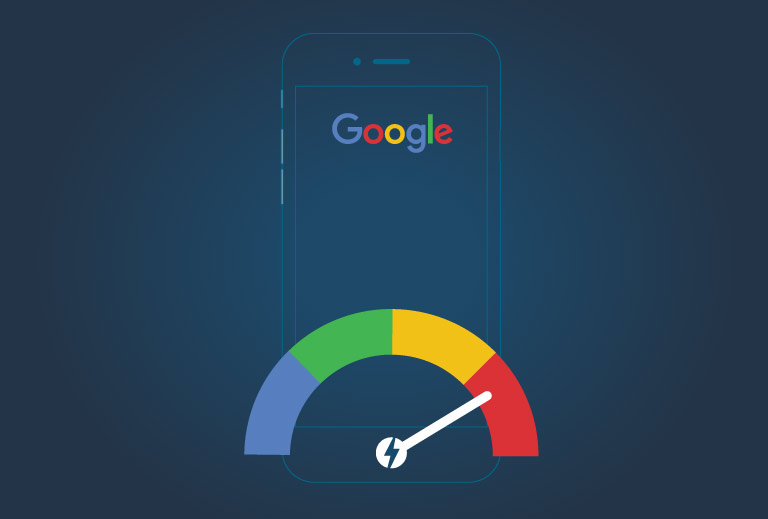Google introduced AMP (Accelerated Mobile Pages) in 2015, in order to speed up the load time for the mobile web pages. Since then, these have been used by almost every website. Those web pages are simpler and load super quickly. Google pre-loads the web page and produces its cached copy to provide lesser load time for the user.
But with the good side of the AMPs, there has been a flaw that has been annoying the publishers of the content on those web pages, over the past years. The URL which shows up for the web page is usually in the format “http://www.google.com/abc” instead of the real URL of that particular web page.

This way, it has prevented the publishers from displaying their content under their unique URLs. But now, Google has launched a fix for this problem, such that the URL that will display on cached AMP results will be the same as the publisher’s link. This new fix is called the Signed Exchanges.
Google is now using the new Web Packaging standard in order to make the browser trust the document belonging to the original publisher with the help of digital signatures and the signed exchanges.
Originally, the browser is programmed to reject the scripts that do not belong to the original publisher and try to access the data in the web page. But from now, the publishers will have to use the signed exchange in order to make a portable copy of their content and to achieve faster content delivery, easy content sharing between different users and better offline experience. With the signed exchange, the publishers will have to publish two different versions of their content, i.e. signed and unsigned.
AMPs have been great at providing the users with the content instantly, and also, bringing the desired traffic to their eCommerce websites. So it had become essential for Google to provide a better fix for the problem, and for that, the company had been working since the past one year. In fact, Google had announced last January that it is working on fixing the URL of the AMPs such that the real URL of the AMP will be displayed instead of the Google URL. The company had also provided a developers preview for the solution last year in November.
The new fix is expected to be a great move for driving the traffic from the AMP version of the web pages to its original domain as well as reduce the bounce rate for it.

Yashica is a Software Engineer turned Content Writer, who loves to write on social causes and expertise in writing technical stuff. She loves to watch movies and explore new places. She believes that you need to live once before you die. So experimenting with her life and career choices, she is trying to live her life to the fullest.